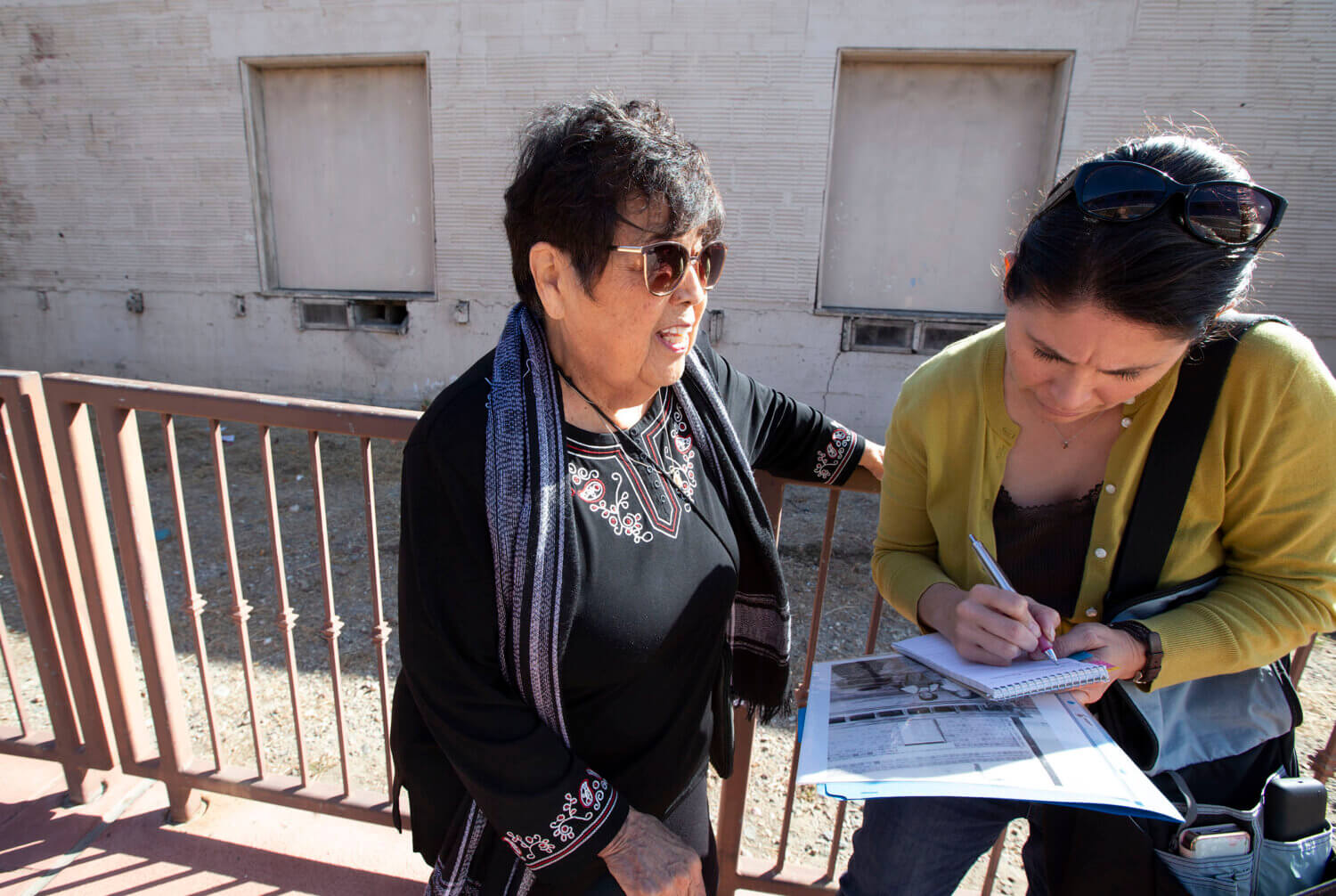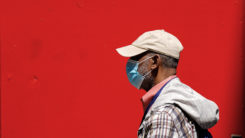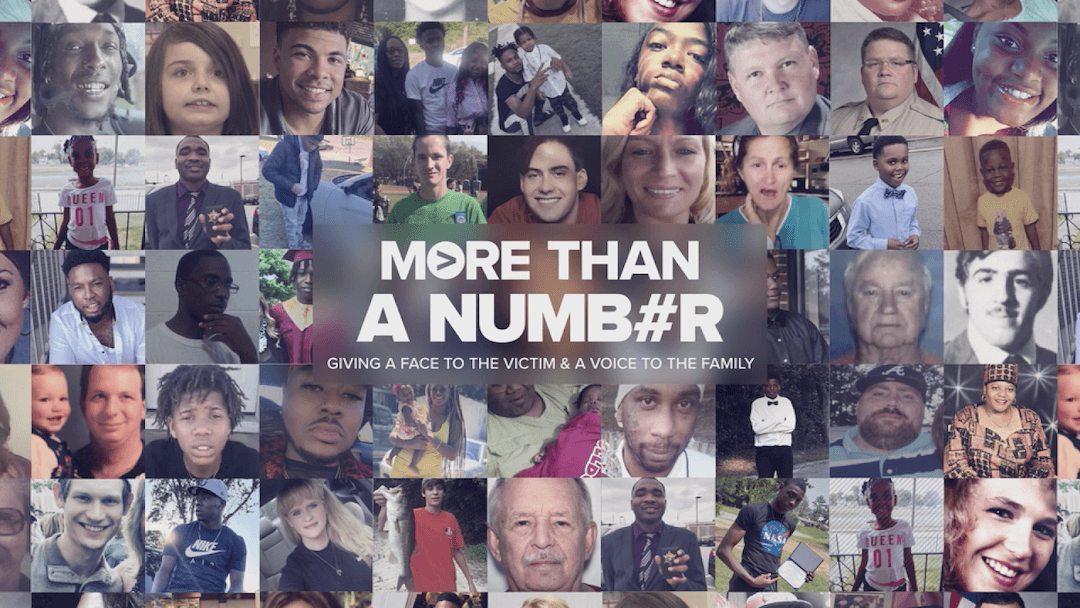I was destined to toil in the soil — even if my 10-year-old self would have rejected the idea. As a kid, I was determined to escape after-school and weekend weeding and raking alongside my father, a gardener who landscaped homes in Santa Barbara, California, where I was born and raised.
“Study and go to college,” my no-nonsense mom would say whenever I complained about getting up at dawn on Saturdays to work.
Mom worked as a housekeeper, and my sisters and I were expected to pitch in on both of my parents’ jobs. All I wanted was to bury my head in books. My favorite teacher, years later, recalled how he’d arrive at school in the morning to find my fifth-grade self patiently sitting outside the library waiting to check out another pile of books.
The tales in those books carried me to places around the world: stories of the Filipino boy who survived a monsoon, the Canadian orphan who became a writer, and the clever, pigtailed Pippi Longstocking who spent her days on a never-ending adventure on the South Seas.
I was hungry to learn and eager to go to college — where I could spend all day studying to my nerd-heart’s content. Who had time for dirt!
I stumbled into the ideal career for my thirsty mind when I joined the newspaper staff in my first year at Occidental College in Los Angeles. It was everything I loved: learning about people and telling their stories, all while satisfying my curiosity. But as the daughter of Mexican immigrants, I also was driven by a desire to see the communities I knew reflected accurately. When Latinos did end up in the news, it was typically gang or crime related.
In those days, the library was still my refuge, and I pored through pages of the Los Angeles Times. One day, I spotted a story — about a Mexican American barber-turned-bookstore-owner in Santa Ana — written by reporter Alicia Di Rado. This was 1993, and I’d rarely come across a Latina byline. Becoming a professional reporter had seemed like a long shot. I knew it would take internships, solid clips, networking and determination, but it still felt like an unlikely dream until I saw Alicia’s name in print.
Finding a way into a white-collar journalism career wasn’t easy for a working-class kid who was only able to afford college on scholarships and loans. Fortunately, my colleagues at The Occidental newspaper introduced me to a program at the Times that trained journalists of color, which jump-started my career. I ended up in Orange County, first as a Times reporting trainee, then later as a columnist for The Orange County Register, where I was based in Santa Ana. I learned the basics on the job, such as how to find court records and how to cover school board and city council meetings. I wrote dailies, covered weekend shifts, then wrote a metro column for years. But the more I reported about the issues in my backyard, the more I realized the need for investigations focusing on systemic problems in Latino communities.
There were few journalists of color in these jobs, and those who were on investigative teams often struggled to get their voices heard. So I began applying for fellowships and grants, and attended workshops and conferences to learn Excel and other programs that would help me drill down on important issues. I couldn’t afford the training offered in a master’s program at USC or Columbia, but I knew how to connect to my people, speak their language and understand their concerns.
Latinos in the communities I covered didn’t see police and prosecutors as being on the side of justice, and few trusted the system to be fair. I interviewed Mexican mothers who saw probation departments turn their sons over to immigration authorities or police add those boys to gang databases using flimsy evidence. They watched helplessly as their children were sentenced to lengthy prison terms because of three-strikes laws.
The more I dug, and the more I listened to the mothers, the more I realized how much these youths had in common. Many of them had been diagnosed with attention-deficit/hyperactivity disorder. I wondered, aside from the violence, the poverty and the overpolicing they’d grown up with, could these children be dealing with something harmful lurking in the environment, in the very soil of their neighborhoods in Santa Ana?
The short answer was yes. But I literally had to get in the dirt to find answers. Over several years, I walked Santa Ana’s neighborhoods to gather samples, test the soil and map the findings. Ultimately, I learned that the soil throughout the city is contaminated by lead, and, in 2017, published a five-part investigation examining the dangerous and irreversible effects of lead exposure on children’s health.
I built this project thanks to the generosity of other investigative reporters who guided me, as well as data training at the University of Missouri through an Investigative Reporters and Editors boot camp.
The work is still underway. In 2022, I followed up with a second investigative series for the environmental news nonprofit Grist. I completed that series earlier this year at the Center for Public Integrity, where I now work as a senior reporter, by examining how communities across the nation are creating solutions to address this entrenched problem.
At the end of the day, I discovered that I already had the tools I needed most: the ability to dig deeper, to challenge assumptions and to always, always, listen to Mexican mothers. As I walked the streets of Santa Ana, I saw home after home where families were growing corn stalks. For centuries, the soil has been a source of sustenance for the Mexican people, who have grown corn to support their families on both sides of the border. Imagine what happens when the soil on which the people rely, where children play and breathe, is toxic?
The story of Santa Ana’s lead contamination had been underneath our feet for decades, but I exposed it because I listened to what these mothers were telling me. How many investigative teams have Latinos on staff who have earned that type of trust? You can collect the data, you can find the documents, you can interview the experts. But to get the full story, it’s the willingness to dig in the dirt, to walk the streets, that leads to a true understanding of the systemic challenges facing a community.
The strongest investigations are built on reporting from journalists who can connect with the people in this way. That connection is strengthened by a reporter’s ability to speak to a Mexican immigrant mother in her native Spanish, but what I’m talking about goes beyond just language.
It’s about having grown up with a personal understanding of the reality facing these mothers, in neighborhoods where the soil isn’t just a place for kids to play soccer, but the very sustenance that feeds a family surviving paycheck to paycheck. It’s about understanding that a mother who cleans homes during the day and spends her weeknights and weekends as an environmental justice advocate is making intense sacrifices to work to ensure that her children can breathe clean air and that families can grow vegetables on clean soil.
I know all of this because my roots are planted in that same soil, because my dad also planted corn in our backyard, and because I learned early on that when you tend to the soil, it too has a story to tell.
This essay is part of the Latino Watchdogs series sharing journeys to journalism from the National Association of Hispanic Journalists Investigative and Data Journalism Task Force.







Comments